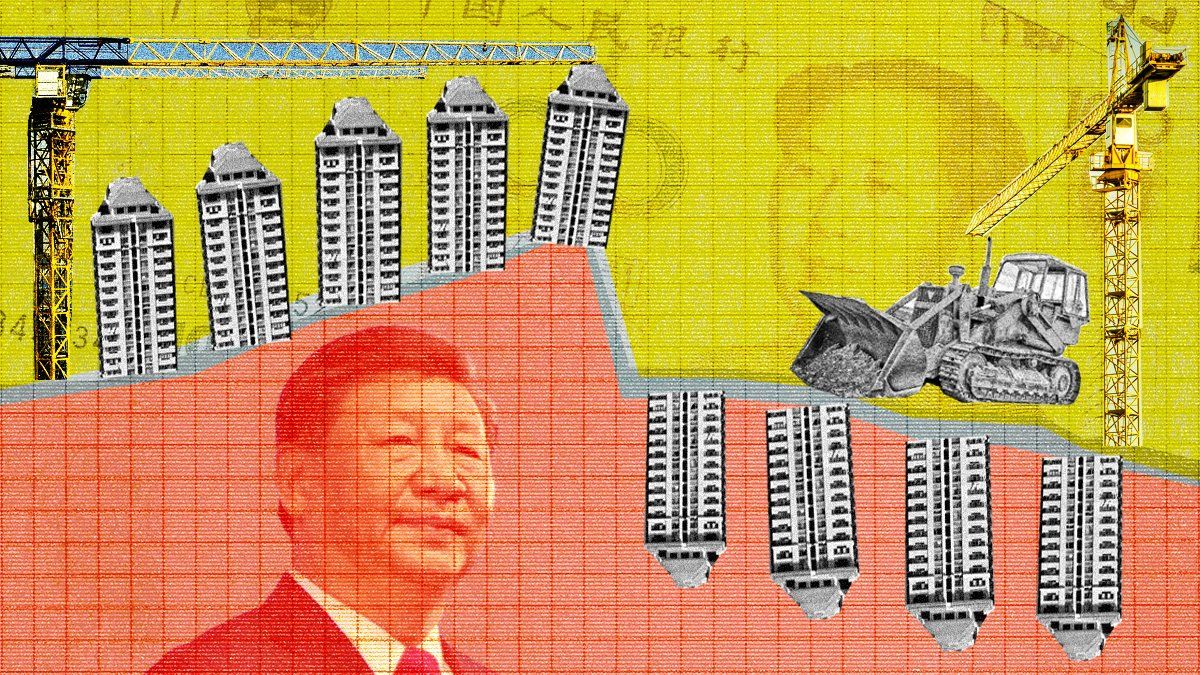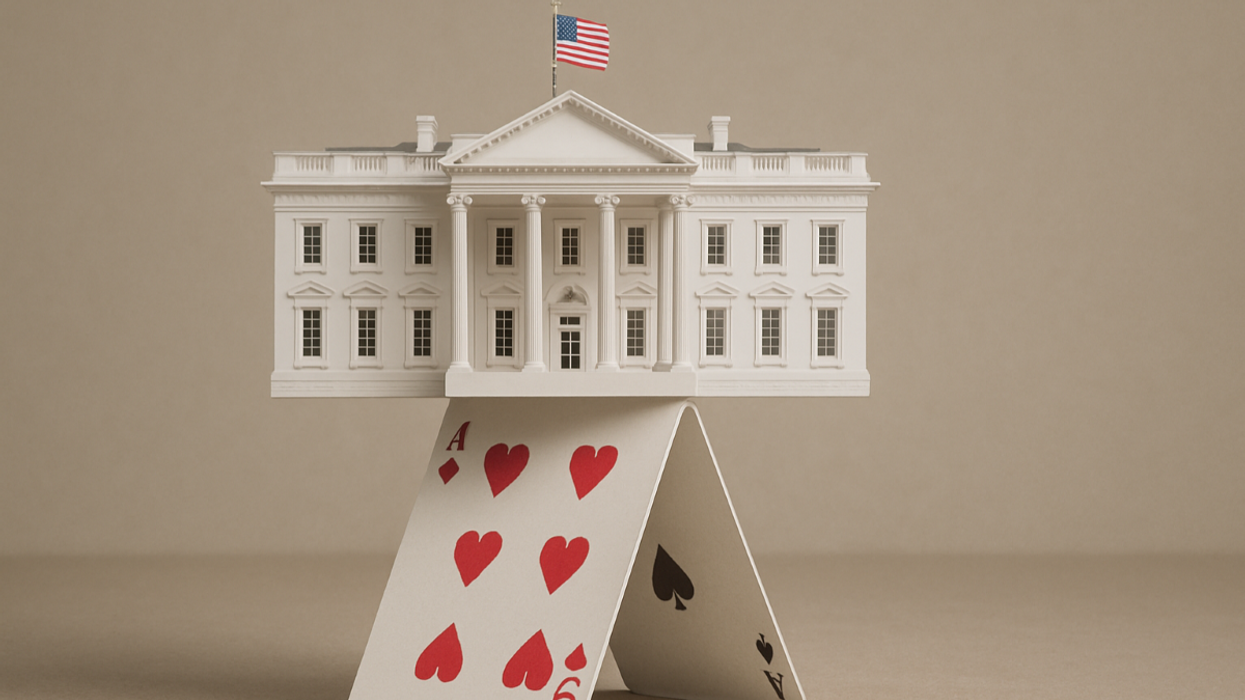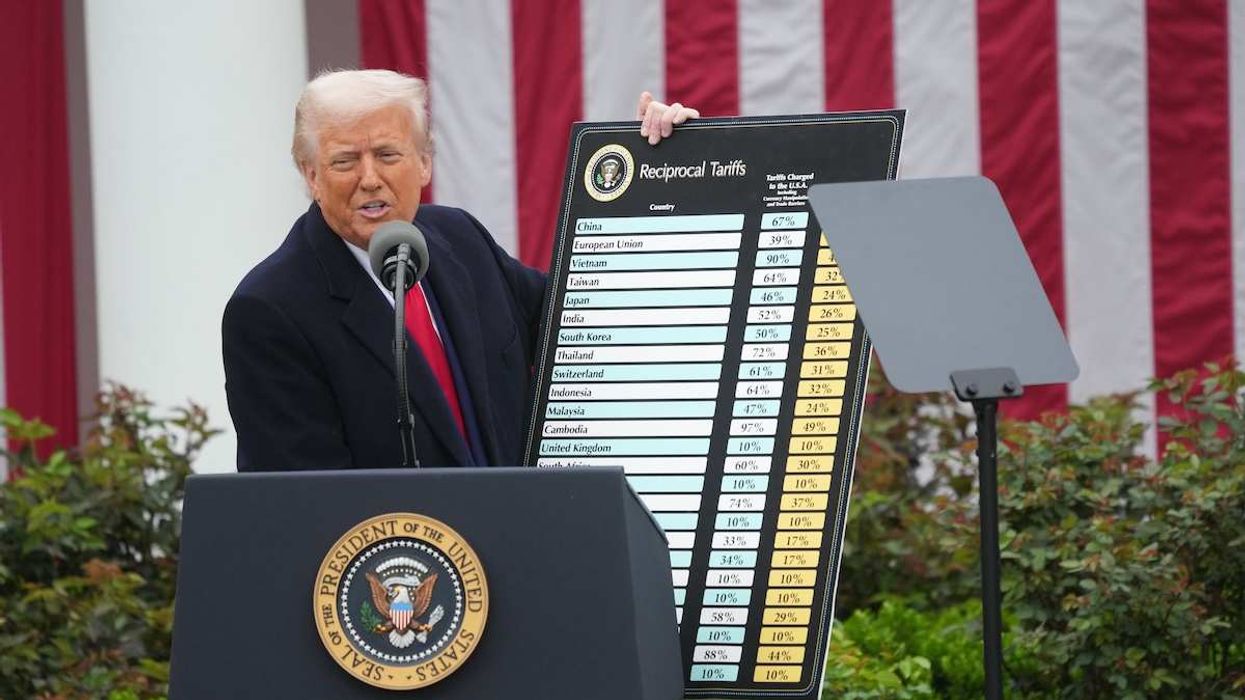After forty years of extraordinary growth, China’s economy may be entering an era of stagnation.
Youth unemployment just hit a record high of 21%. Manufacturing activity is contracting. Exports have declined on the back of sticky inflation and soaring interest rates in the US and Europe. Foreign investment has stalled. Capital outflows are accelerating. The property sector, which makes up a fifth of the economy, is crashing. Property development behemoth Evergrande Group filed for bankruptcy last month. China’s largest homebuilder, Country Garden Holdings, is on the verge of default. Headline growth has come in lower than expected, and the overall economy is flirting with deflation amid persistently weak consumer spending, faltering private investment, and mounting financial stress.
The economic and financial risks feel more urgent than ever as the limits of China’s growth model have become obvious. Gone are the days of 10% growth – the IMF now expects the Chinese economy to grow under 4% a year for the coming years, well below the government’s official target of “around 5%.” The slowdown is underpinned by structural challenges to China’s long-term economic prospects, including unfavorable demographics, high indebtedness, and intensifying geopolitical competition with the United States and its allies.
Crucially, the Chinese people seem to be losing faith in the government’s ability to fix the economy’s problems. The combination of Maximum Xi – the increasingly centralized, opaque, and capricious nature of Chinese policymaking under President Xi Jinping – and a recent slate of deeply disruptive domestic policies – like the tech crackdowns, the zero-COVID lockdown and pivot, and raids on foreign firms – has created uncertainty and undermined confidence in Beijing’s competence.
So how did we get here, and how is this going to end?
China’s original sin
China’s economic model is in trouble, and it has been for a while.
The basic story is that the tailwinds that turned China into the factory of the world and lifted a billion people out of poverty between 1980 and 2010 – including favorable demographics, large cost advantages, strong consumer demand from the US and Europe, hyper-globalization, and plenty of low-hanging-fruit technologies for China to copy or steal – ran out very early in China’s development. By the end of the 2000s, long before Chinese incomes had reached developed-country levels, exports and foreign direct investment had started to taper off, and with them so did the era of 10% growth.
Then, to keep the economy growing at a reasonable pace, Beijing turned to domestic investment, encouraging state-controlled banks to pump massive amounts of lending into real estate and infrastructure. This strategy allowed China to maintain 6-7% growth and avoid politically risky recessions in the decade that followed. But the unintended consequence was that real estate-related activities grew from about 10% of China’s GDP in 2000 to nearly 30% at its peak, becoming by far the country’s largest source of growth, investment, and jobs.
This shift from an export-led economy to a real estate-led economy was problematic, for several reasons.
For starters, real estate-related activities like construction have lower productivity growth than export-related industries like manufacturing, so allocating more and more resources to them led to a decline in China’s aggregate productivity growth – itself a key driver of long-term economic growth.
In order to keep growth going, China had to borrow and invest ever more capital into assets with ever lower returns, leading to a decline in the private sector’s return on assets. At first, infrastructure investment was profitable because China had to make up for decades of underinvestment. But eventually, China built enough apartment buildings, bridges, and airports to meet all its needs. Additional investments after that point were malinvestments – think ghost cities, bridges to nowhere, airports without planes – generating less and less growth for every yuan borrowed and invested. The more China used this playbook, the less potent and more costly it became.
But real estate wasn’t just the principal engine of growth. It was also (and still is) the main financial asset and store of wealth for regular Chinese citizens, who – lacking access to well-developed stock and bond markets and believing that prices would keep going up forever – spent their life savings on overpriced investment properties and took on loans (collateralized by the properties in question) to afford them. Real estate now accounts for nearly two-thirds of China’s household wealth and about 40% of the collateral held by banks.
To make things worse, because China doesn’t have a property tax, local governments had to rely on land sales to finance spending on public goods and services. This perverse incentive led them to shower property developers with cheap credit to invest in real estate, bidding up demand for land and property prices.
All these factors made China’s growth model predictably unsustainable – and a dual property and credit bubble all but inevitable.
What happens next?
Now that the real estate boom has gone bust, China’s economy is unraveling under the weight of its contradictions.
Property prices are crashing. Household wealth is getting wiped out. Borrowers are defaulting on their mortgages, in turn leading developers and lenders to default. Credit is flatlining. Revenues for local governments are drying up at the same time as their debt servicing costs rise. Domestic demand is plummeting as all these economic actors hunker down and go into deleveraging mode, causing a growth slowdown.
In the past, Beijing would’ve responded by injecting debt-financed stimulus into the property sector. But that strategy has reached the end of its rope. Large-scale bailouts by the central government to distressed developers, shadow banks, and local governments are also off the table for now.
The obvious thing Beijing could do to stimulate growth in the short term would be to give direct fiscal stimulus to consumers (especially the poor and unemployed, who have the highest propensity to spend). Consumer stimulus would also be a step in the right direction toward the kind of structural reform China needs to achieve more balanced and sustainable growth in the long term: shifting economic activity from investment to household consumption, which at 38% of China’s GDP is extremely low compared to the 60% global average and about 70% in the US.
But Xi is ideologically suspicious of consumption, both as a policy lever and as a driver of so-called “high-quality development.” The concern is that stimulating consumption would either exacerbate the property/debt bubble or be ineffective as households use the money to repay debts or save rather than spend. More broadly, Xi fears that the redistribution of resources required to give households a larger share of the pie could generate social unrest and undermine his and the Chinese Communist Party’s political control. And if there’s one thing you should know about Xi, it’s that he prioritizes social stability and political control above all else – including economic growth.
This is the sort of policy bind that would pose an urgent political crisis in any democracy. But China is no democracy. After his extreme consolidation of power post-20th Party Congress, Xi has the unique political ability to ignore the slowdown if he so chooses. And that is exactly what he’ll do unless his hand is unexpectedly forced by systemic financial contagion or mass protests – at which point the response could be too little, too late. Which means Chinese growth is going to be slower for longer, with the bigger structural challenges remaining unaddressed for the foreseeable future.
To be clear, China remains a highly competitive economy, with enduring advantages in manufacturing, renewable energy, and electric vehicles as well as leading-edge innovation in frontier industries such as advanced computing, AI, biotechnology, and the like.
Yet outside these clusters and absent a more decisive rebalancing from Beijing, China’s economy could soon begin to look like Japan’s in the 1990s, which suffered a “lost decade” of prolonged deflation, stagnant growth, and high indebtedness on the back of a stock market and property crash. The difference being that this “Japanification” would hit China at a much lower level of development, long before it can close the gap in living standards with rich countries.
Could a chronically weaker economy chip away at China’s social contract, undermining popular support for Xi and the CCP and weakening their grip on power? Could it tank the global economy? Could it prompt Beijing to become more aggressive abroad, making a conflict with the US over Taiwan more likely or imminent?
I’ll tackle these questions in future newsletters.



















